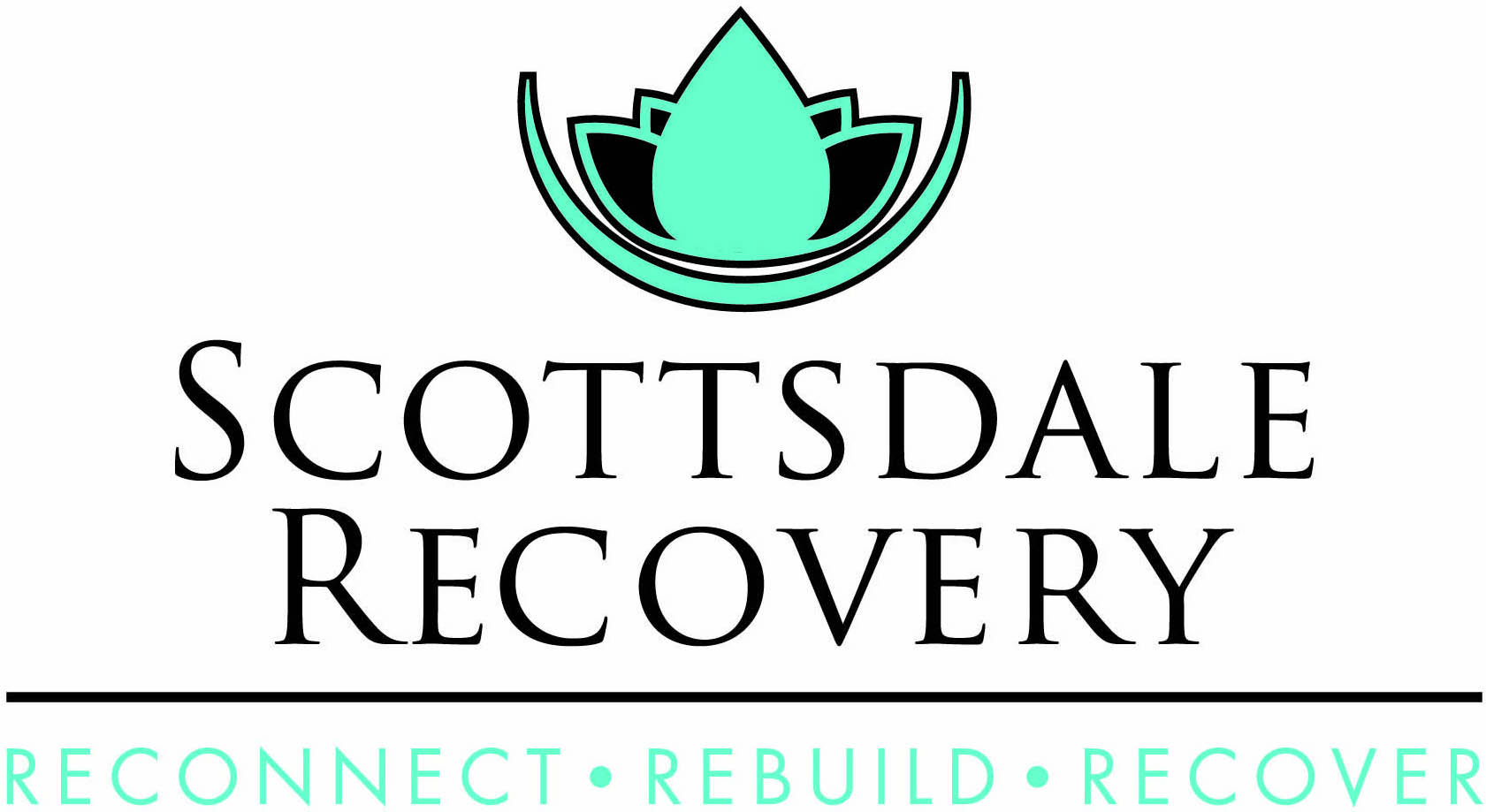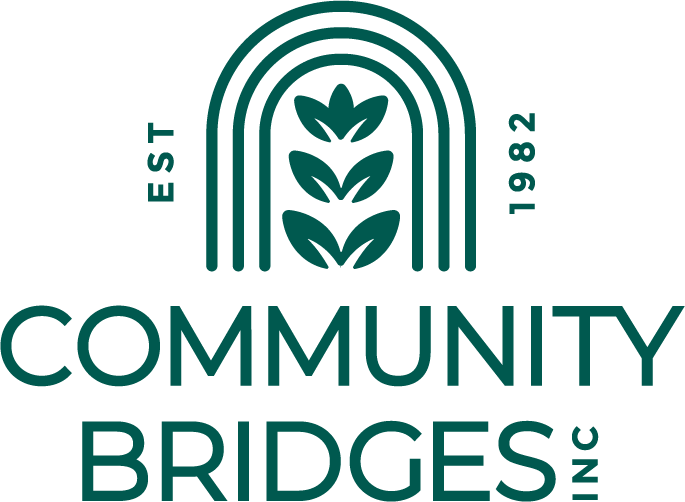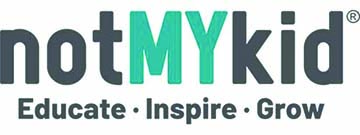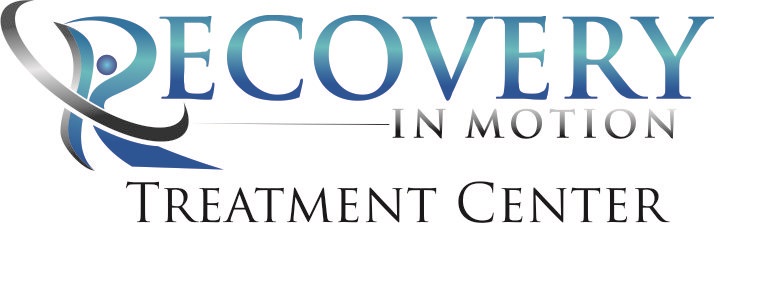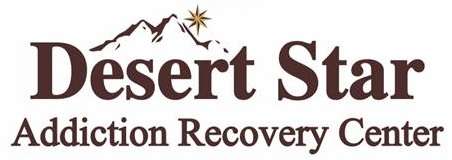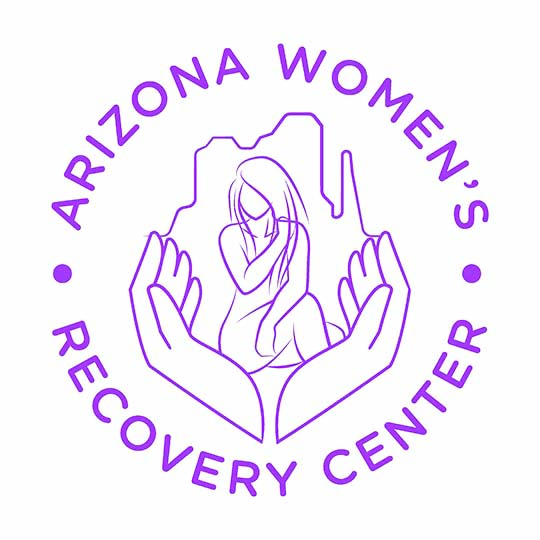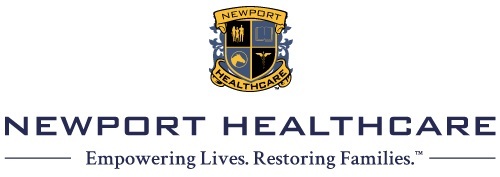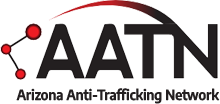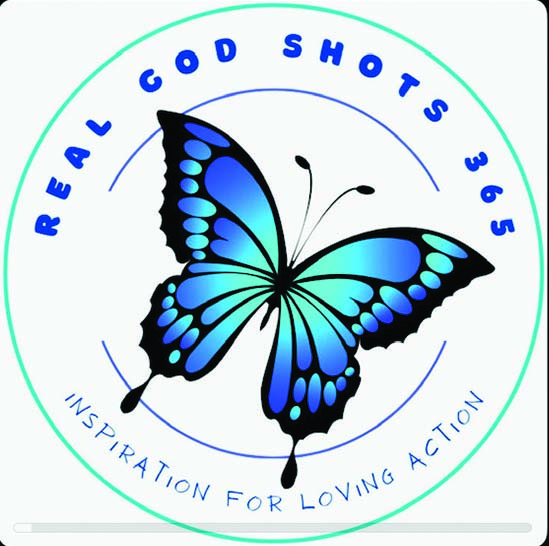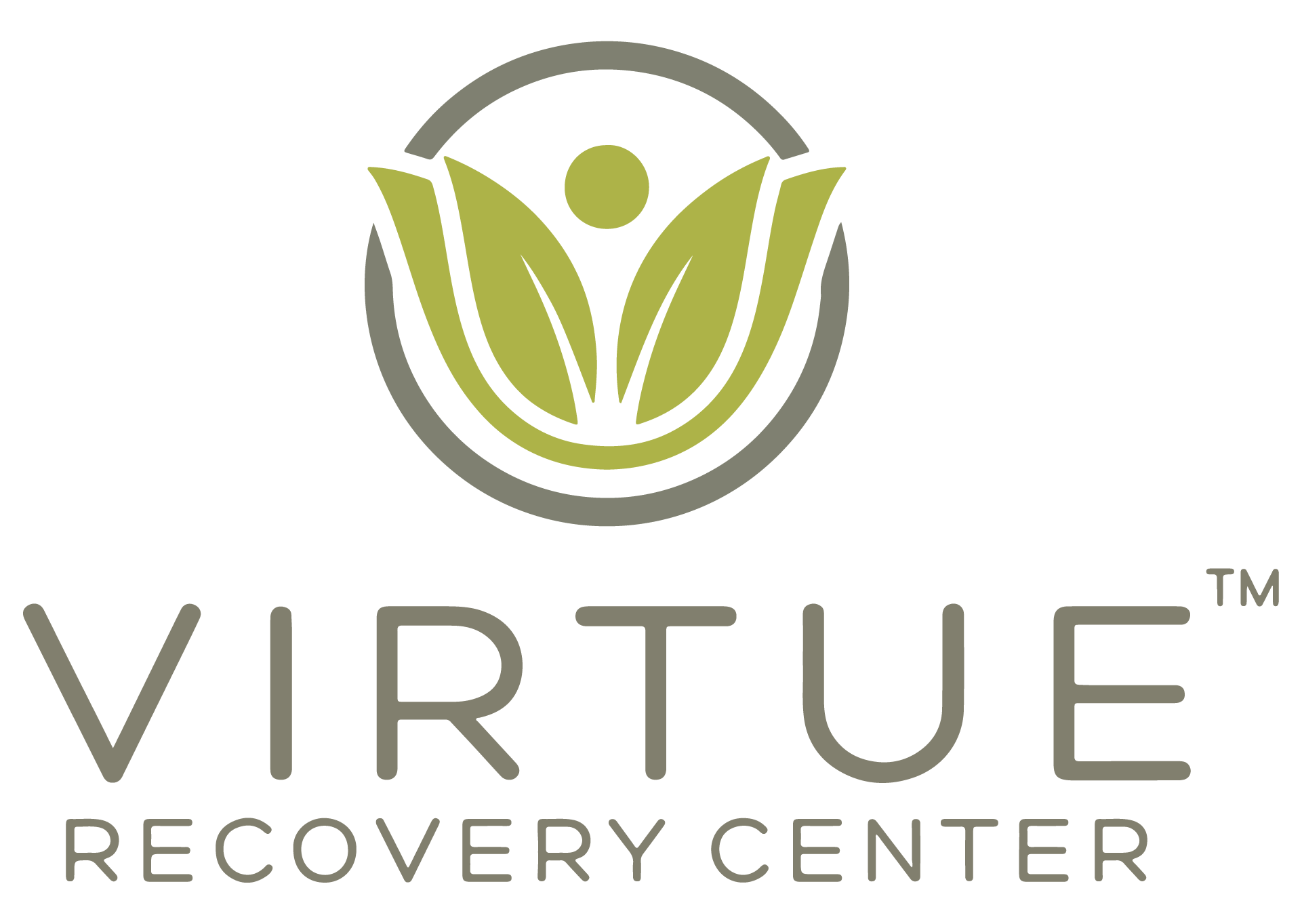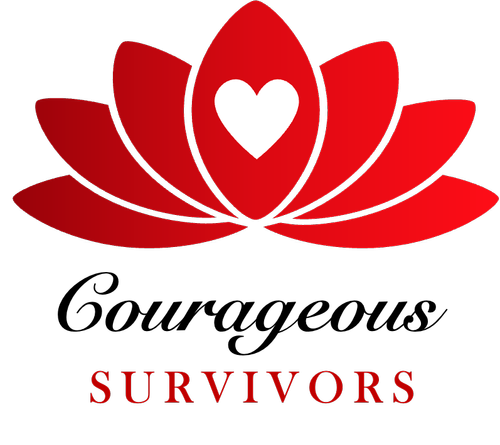By Dr. Stacey Smith, PhD, CSAT, EMDR For over a decade I’ve worked in the recovery industry at multiple programs that have used the neuroplasticity of the brain to increase/enhance...
By Dr. Stacey Smith, PhD, CSAT, EMDR
For over a decade I’ve worked in the recovery industry at multiple programs that have used the neuroplasticity of the brain to increase/enhance brain performance.
These programs have come under a variety of names including: Biofeedback, neurofeedback, and brain optimization. In an environment where research continues to grow and professional conferences continue to focus on these issues (over 50 conferences internationally and 30 this year in the U.S. alone). Whether for personal use, professional referrals, or use in treatment programs, it is important we know what how these programs work.
I have seen these tools assist clients with self-regulation and improved affect tolerance which has allowed them to remain in treatment and develop the needed foundation for recovery Some clients focus better in session, allowing for better development of coping skills. And, many have seemed to be better equipped to deal with anxiety, depression, shame, and anger experienced during the treatment process. Many clients report feeling grounded and become willing to address traumas earlier in treatment. Therapists report their clients have better active listening skills, engage and participate in group. They respond better to difficult feedback and are more aware of thinking processes. AMA (Against Medical Advice)rates decreased as the brain balancing/optimization began.
Since the 1950’s, biofeedback has been used to measure body signals that are not normally perceptible1. Examples include heartbeats, hand temperature, muscle tension, and galvanic skin response2. Biofeedback programs work with the peripheral nervous system and through an associative learning model where the body mirrors system signals and responds to create ‘normalized’ responses. It does so through shaping (operant/instrumental conditioning), using reinforcement (visual/audio or both) to train the body to increase or decrease functionality of the peripheral nervous system.
An example: An individual can ‘feel’ the beginnings of a panic attack in the body, based on physical cues, and knows to use coping skills (i.e., breathing, meditation, etc.)3.
Neurofeedback is a form of biofeedback that works specifically with the central nervous system and brain. This process is neither static or independent. The electroencephalography (EEG) as a measurement tool can be impacted by factors such as sleep, age, caffeine use, etc., so it measures a system in motion (not static). When a ‘push’ is made on any of the systems that are measured by an EEG, other systems also make changes (thus not independent)4. As a tool, the EEG is prognostic and not diagnostic and is used to predict likely outcomes, measured against a database of norms for such areas as speed of processing, interconnectedness, regulation of arousal states and connectivity.
Neurofeedback does not control system changes, it identifies systems out of balance and through electronic signals, gives a ‘push’ to these weak areas, allowing plasticity of the brain to adjust systems into a more balanced position. It has been suggested that EEG technologies could be used as an adjunctive evaluation method for cerebrovascular disease, dementia, learning and attention disorders, mood disorders and post-concussion syndrome5. In addition it has been suggested that neurofeedback can be beneficial in the treatment of depression6, anxiety disorders7, and ADHD8.
Brain optimization processes typically incorporates aspects of neurofeedback allowing the brain to examine current established neuronal patterns, to recognize those patterns adaptability for our current circumstances, and then to develop a plan that would allow for optimization. The most recent program that I’ve worked with, Vitanya, uses supplements (i.e., enzymes, antioxidants, etc.), support gut health and nutrition delivery, clears toxins from the brain, promotes neuroplasticity, and supports improved focus and stress management. Some of the results for clients included; a better ability to deal with anxiety, depression, shame, and anger, increased ability/willingness to participate in processing of trauma, better sleep, and ability to participate in groups at a higher level. AMA rates declined during this time.
One might wonder about the scarcity of gold standard clinical research studies (double blind, placebo controlled) published to provide validity, efficacy, and specificity for neurofeedback. This would allow individuals to use insurance for assessment and would facilitate assessment for more individuals. Some practical reasons this research has not been done include the difficulty in doing double blind EEG analysis. EEG signals currently are so sensitive they can be influenced by body movements (coughing, sneezing, and other types of movement) that can create difficulties. Another factor is that brain wave processes are highly individualized and not easily generalizable. It would take a study with tens of thousands of participants with individualized treatments to follow standards needed for FDA approval. Unfortunately, the typical provider of these types of treatment modalities do not have the resources to conduct this size of study5.
Hopefully, this has helped to give a brief introduction to processes on which books have been written. In short, at this time biofeedback and neurofeedback have been used as a form or treatment or assessment, which can be used in conjunction with other treatment modalities to facilitate clients in making significant changes in their lives.
1Miller, N. E. (1978). Biofeedback and visceral learning. Annual Review of Psychology, 29, 373-404.
2Miller, L. (1989a). What biofeedback does and doesn’t do. Psychology Today, November, 22-23.
3Lehrer, P. & Gevirtz, R (2018). Heart rate variability biofeedback: Current and potential aplications. In Magnavita, J (Ed). Using technology in mental health practice, (p. 123-141). Washington D.C., American Psychological Association.
4Schmachtenberger, D. (2018). Understanding Neurofeedback: Brain Optimization – Dr. Andrew Hill. Retrieved from https://neurohacker.com/understanding-neurofeedback-brain-optimization-dr-andrew-hill
5Hughes J.R. & John, E.R. (1999) Conventional and Quantitative Electroencephalography in Psychiatry. The Journal of Neuropsychiatry and Clinical Neurosciences, 11, 190-208.
6Hammond, D. C. (2001). Neurofeedback treatment of depression with the Roshi. Journal of Neurotherapy, 4, 45-56.
7Moore, N. C. (2000). A review of EEG biofeedback treatment of anxiety disorders. Clinical Electroencephalography, 31, 1-6.
8Masterpasqua, F. & Healey, K.N. (2003). Neurofeedback in Psychological Practice. Professional Psychology: Research and Practice, 34, 652-656.
Dr. Stacey Smith is licensed psychologist in both Arizona and Texas and has been working in the addictions field in residential and IOP settings since 2010. He has a wide variety of experience in the addiction field, including work with individuals who suffer from addictions to alcohol, drugs, intimacy/relationships, sex, and gaming addictions. Early in his career, Dr. Smith trained in EMDR techniques, knowing the important role that trauma work plays in the recovery process. Most recently, examination of how the brain works and how technology can play a key role in client recovery has been a focus of his work. To reach Dr. Smith email him at [email protected]







